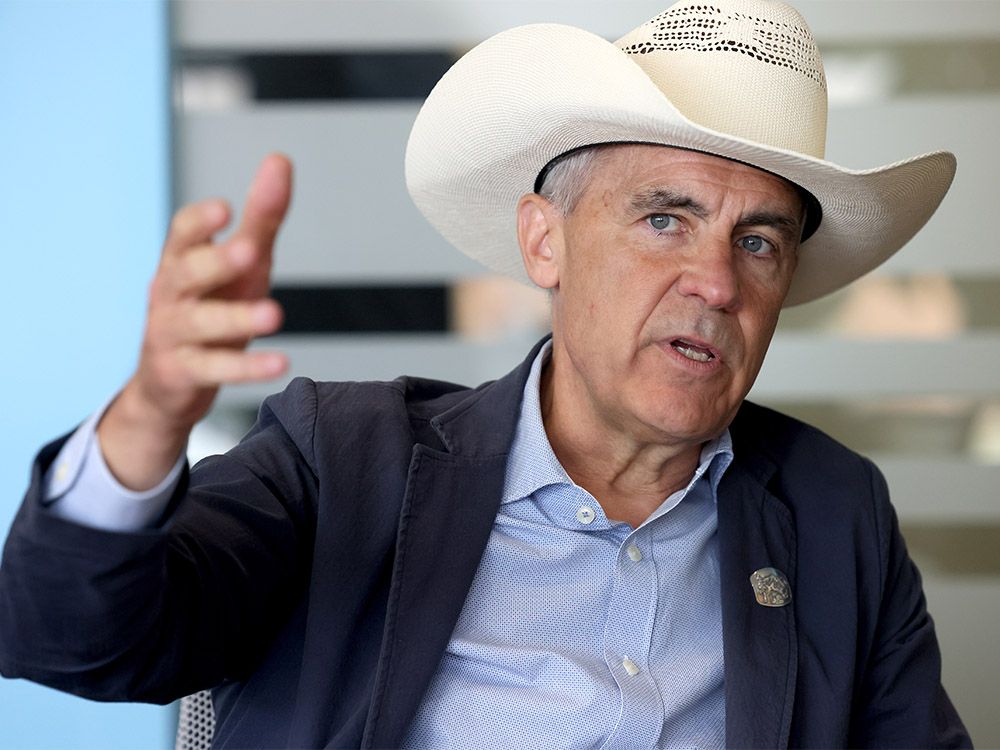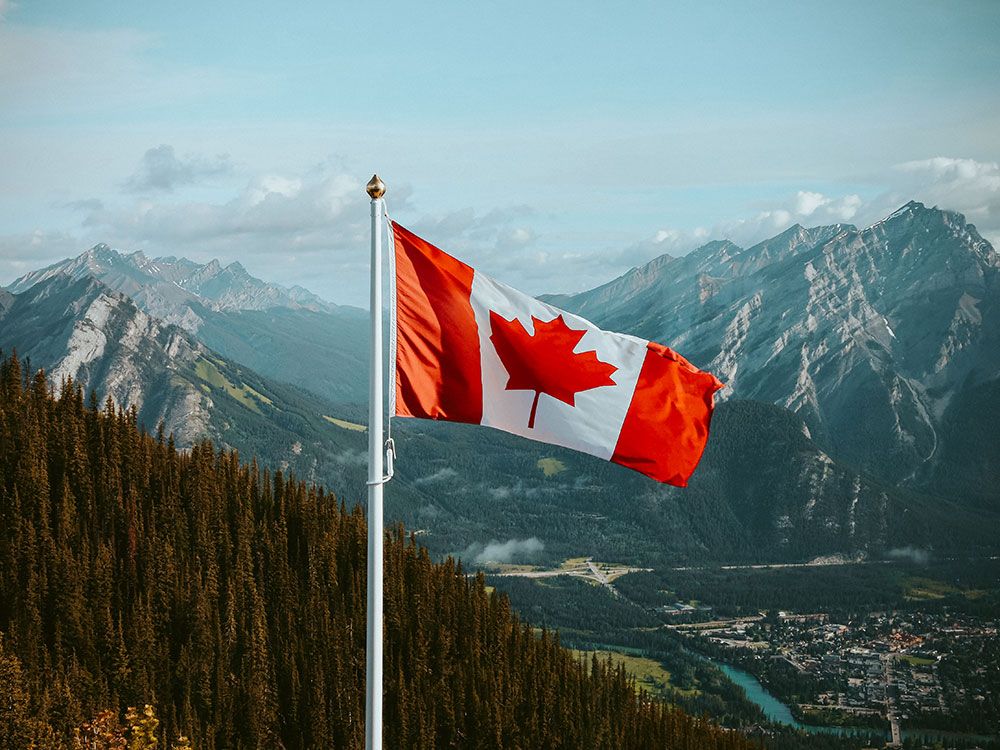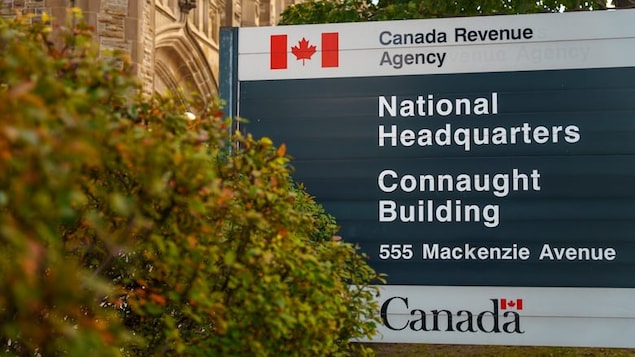Ontario/Alberta to announce something big this morning?
The premiers of Alberta and Ontario will meet in Calgary today to sign two new memorandums of understanding.

globalnews.ca
Danielle Smith and Doug Ford to sign agreements on ‘transformative’ projects
Ontario Premier Doug Ford is set to announce a “transformative“ public infrastructure project that could help export Alberta energy and Ontario’s critical minerals to new markets using pipelines, rail lines, and ports.
While the government has been tight-lipped on the announcement, an Ontario government source said the focus of the announcement will rest on getting “Western Canadian oil and gas and Ontario’s critical minerals to new markets.”
In an internal government-wide memo, Ford’s Chief of Staff teased the announcement as one to watch.






